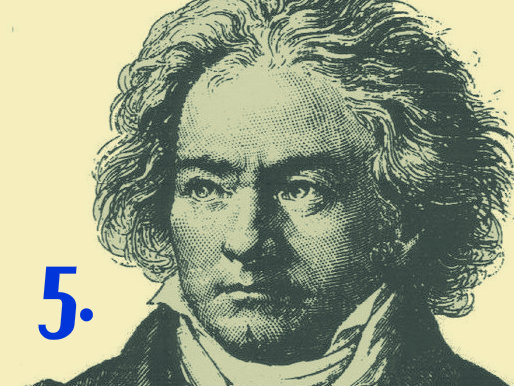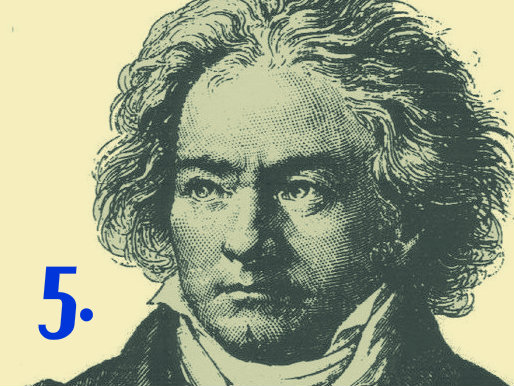

The Beethoven 9 as we explore the world of Beethoven through the lens of his symphonies with renowned classical biographer Jan Swafford.
Each month is dedicated to a different symphony. Each week you’ll hear a different interpretation from a world-class orchestra.
In May, we look at Symphony No. 5.
For many, it’s hard to imagine not knowing them: those first four notes of Beethoven’s Symphony No. 5.
The power. The drive. The relentless determination.
Beethoven keeps those four notes in his back pocket and uses them again and again in different guises throughout the Fifth.
They weave into a larger fabric of emotional intensity that reflected a continent in upheaval when Beethoven composed them in 1807.
The Treaty of Tilsit that year marked the collapse of Prussia -- and the surrender to France of all land between the Rhine and the Elbe rivers, what makes up most of modern-day Germany.
Roy Pascal in his 1946 book “The Growth of Modern Germany” noted that anti-French writers and philosophers of the time called on their countrymen “not to despair, but to recall their great past … to hate the oppressor and to prepare for liberation.”
In Vienna, Beethoven and many of his friends echoed this sentiment. Two of Vienna’s most important arts patrons -- Prince Lichnowsky and Count Razumovsky -- were fervent enemies of France. Beethoven dedicated his Fifth symphony to both men.
German and Austrian patriotism was already on the rise against their oppressor. Beethoven’s Fifth, with those persistent four notes that open the work, served as symbolic fuel.








